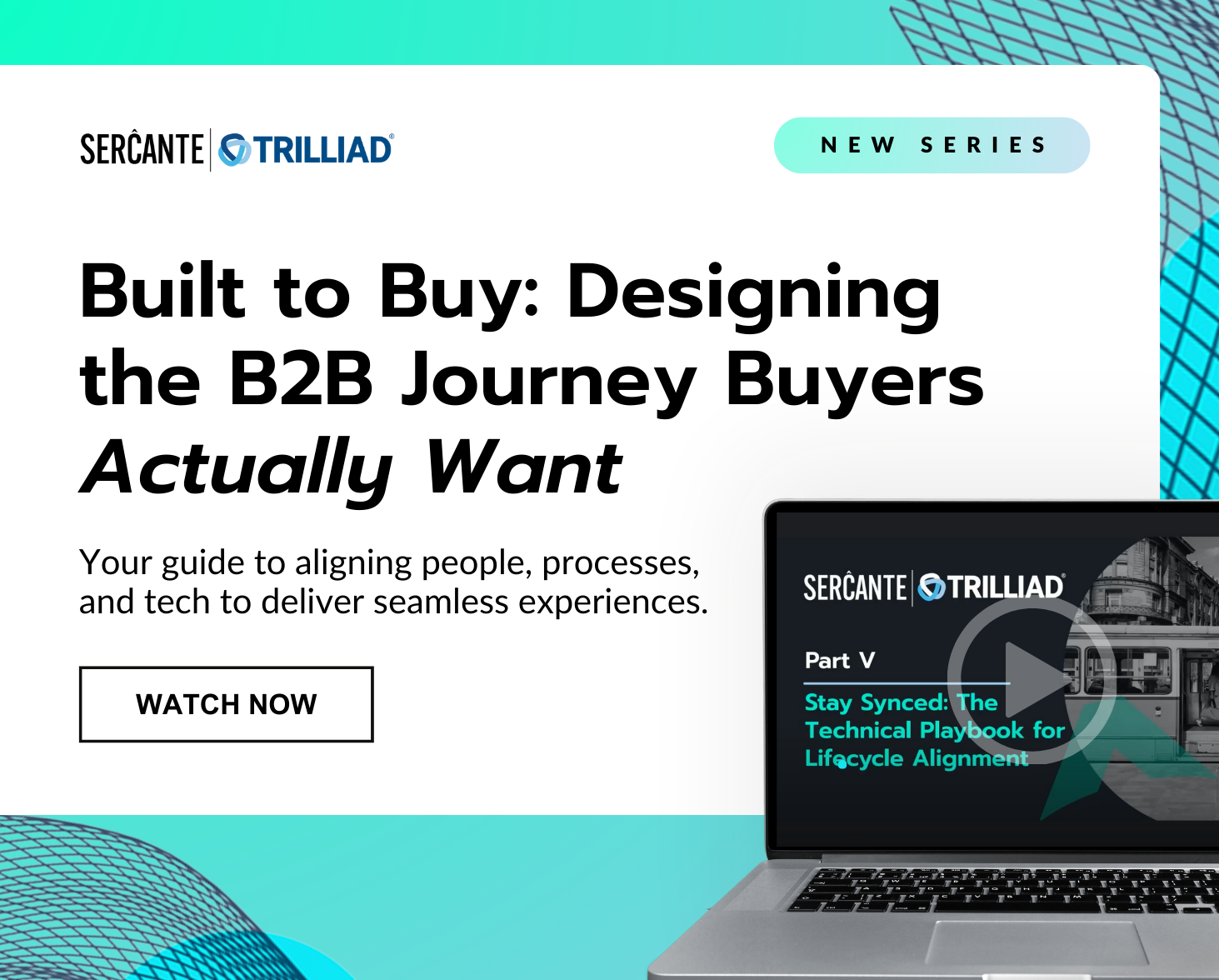I must confess that I have built my fair share of boring unremarkable dashboards. It haunts me to think of all those past reports that are now collecting dust like a Betamax tape in a world of streaming services. If you are reading this, I bet I am not alone. We can put so much effort into a dashboard and have the reports hold so much potential but they so often get left on the cutting room floor. But why? Why do our dashboards seem to fall flat when there is clearly a need?
Because effective dashboards require more than just data. They need a clear purpose, a targeted audience, and a design that compels engagement. There are four key questions you can ask yourself to align and truly transform your next dashboard from a snoozefest to a success story.
Target Audience | “Who is this dashboard for”
Imagine building a cockpit for a pilot instead of a dashboard for a car. A pilot wouldn’t be helped by a speedometer and radio – they need critical flight information displayed clearly and concisely. The same goes for dashboards. The first question to ask is: who’s the key decision-maker this is designed for? Are they executives seeking a high-level financial health pulse, or analysts needing to dive deep into specific metrics? Understanding your audience gives you the lens to curate the right information. Too often we want to cram all the information into one dashboard and end up overwhelming viewers with a data buffet, thus a dashboard becomes unused. By pinpointing who will use the dashboard, you can tailor the data to speak directly to their needs and drive actionable insights.
Goal Setting | “What are the top 3 goals of this dashboard”
Okay, we’ve identified the audience, but what exactly do we want them to achieve with this dashboard? Just throwing data at viewers isn’t enough. We need to set clear goals for what this dashboard should help them accomplish. Is it to monitor key performance indicators (KPIs) for a quick health check for the marketing manager? Or maybe it’s a unified dashboard for sales and marketing on lead generation ? Defining the top goals keeps the focus tight and ensures the data presented directly addresses those objectives. This also doesn’t have to be overly complicated either. Start with 3 main goals and then you can build upon them!
Actioning | “Where will this dashboard be used”
Here’s the thing: dashboards need a clear path to “aha moments” and real-world application or they are going to be forgotten like the bagged salad in the back of your fridge. We can break down the lack of action into two key areas.
First, is the information on the dashboard actually driving insights? Are users gleaning valuable trends, identifying potential issues, or getting the data they need to make informed decisions? The second area is the “where” question. Will this dashboard be a daily touchpoint for a specific team, a strategic tool for presentations, or something else entirely? Building a dashboard “just because” is a recipe for neglect. By understanding how the dashboard will be used and what kind of action it should inspire, you can transform it from a static report into a dynamic driver of results. This is your sign to build in a retrospective process with reporting if you haven’t done so already!
Goal Setting | “What do you love and hate abour your current process”
Before diving headfirst into building your new masterpiece, take a moment to reflect on your organization’s current dashboards or reporting tools. What reports are being used religiously? Conduct a post-mortem on these existing dashboards – both the good, the bad, and the downright ugly.
By understanding what resonates with your audience and what falls flat, you can identify successful elements to carry over and steer clear of pitfalls that led to neglected reports. We don’t always have to reinvent the wheel! Is a specific visualization particularly clear and engaging? Note that down! Conversely, are there any charts or metrics that consistently go unnoticed? Those might be prime candidates for removal.
Remember, your current dashboards are a treasure trove of insights waiting to be unearthed. Utilize this intel to make informed decisions about the data, design, and functionality of your new dashboard, ensuring it becomes a go-to resource.
Honorable Mentions
Truthfully I can go on and on about questions you should ask before preparing your dashboard, but I did want to also throw a few honorable mention questions that help focus the data quality. Which let’s behonest, is always a hurdle!
- “Is the data reliable and up-to-date? “ Ensure the data feeding your dashboard is accurate and reflects the current state of affairs. Inaccurate data will lead to misleading conclusions. How often will the data be updated to ensure it reflects the current state of affairs? Stale data is like watching yesterday’s news – interesting, perhaps, but ultimately not very actionable.”
- “How can I use the data to tell a compelling story?” Effective dashboards don’t just present facts and figures; they weave a narrative that resonates with the audience. This question encourages the creator to consider the flow of information, highlight trends and patterns, and use visuals to make the data come alive. By crafting a data story, the dashboard becomes more engaging and memorable, ultimately driving a deeper understanding and fostering action.
Design with Purpose, Deliver with Impact
By asking the right questions upfront, you can design dashboards that are anything but boring. Remember to target the right audience, set clear goals, and prioritize actionable insights. By following these steps, you can create dashboards that become central hubs for informed decision-making and drive real results. So, what are you waiting for? Grab your data and get started crafting your next dashboard masterpiece!









